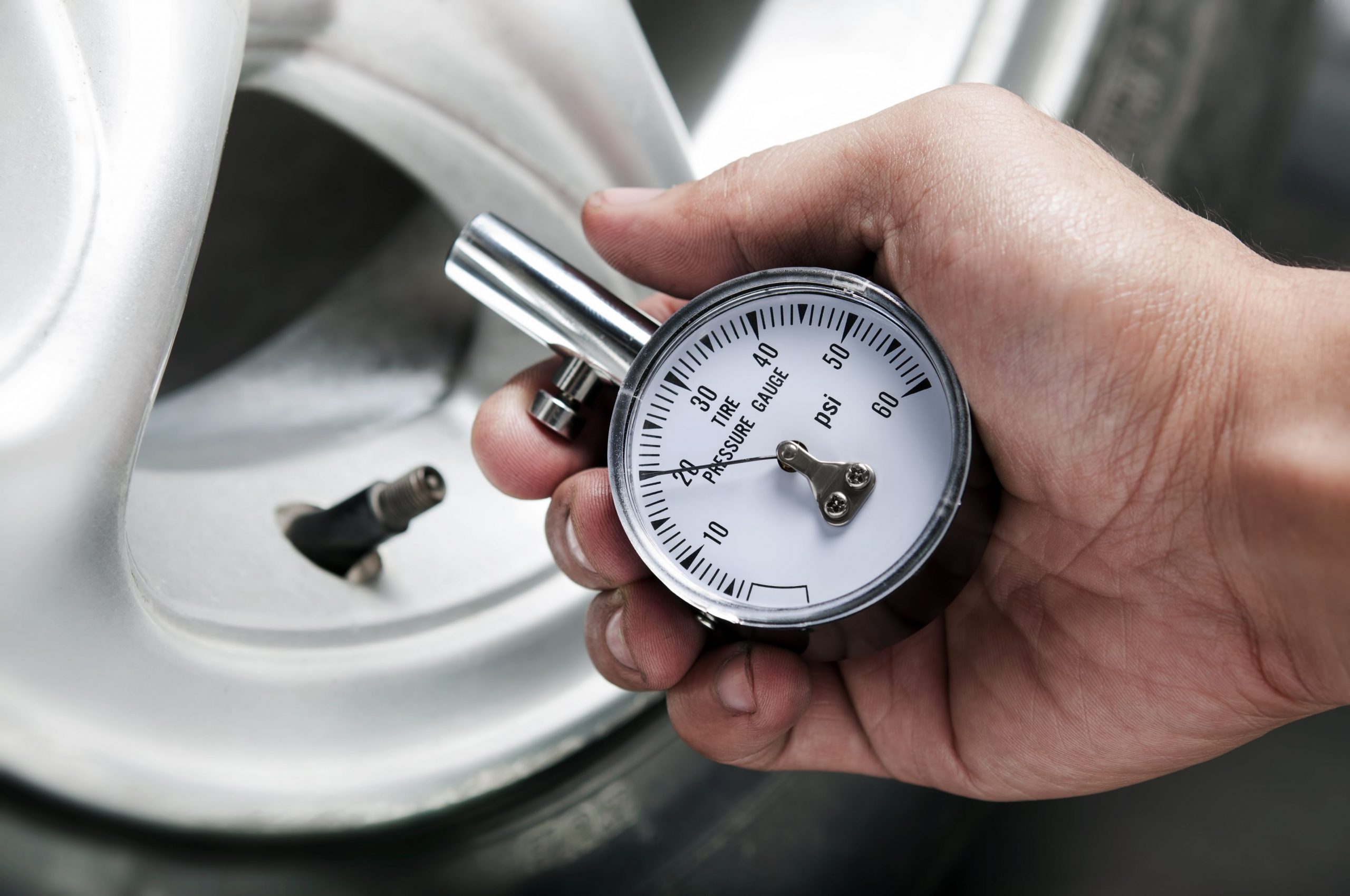How often have you noticed a consistent warning light of low tire pressure while enjoying a peaceful drive?
The tire pressure light is an alert message to the driver that there is a loss of pressure from any one or more tires of the vehicle.
 All modern vehicles have a Tyre Pressure Monitoring System (TPMS) installed. TPMS doesn’t only consist of warning signs on the dashboard, but it has several components that work together to alert the driver.
All modern vehicles have a Tyre Pressure Monitoring System (TPMS) installed. TPMS doesn’t only consist of warning signs on the dashboard, but it has several components that work together to alert the driver.
How Does TPMS Work?
TPMS is used for providing details about the individual tire pressure of the car.
Two types of TPMS are commonly used:
Direct TPMS
This is the advanced version and uses a pressure sensor inside the tire to consistently monitor the tire pressure and send data to the receiver unit of the vehicle.
When the pressure drops below a set limit, it indicates the sign on the Heads-Up-Display.
Indirect TPMS
This system doesn’t use pressure sensors, but it relies on the vehicle’s built-in computer to analyze data from Anti-lock Braking System sensors.
The ABS compares the difference between wheel rotation speeds; the tire with low pressure rotates at a different speed as compared to the other.
The vehicle’s computer analyzes this information and displays a warning sign. The warning sign might also vary depending on the type of car you are driving. For most cars, it’s an exclamation mark inside brackets.
Why Tire Pressure Light Demands Attention?
Driving a car with low-pressure tires has some serious dangers that can affect your safety and driving performance. It’s always better to keep an eye on your tire pressure and schedule a visit to an auto repair shop if the pressure is declining repeatedly.
Difficulty in Handling the Car
Handling a car with underinflated tires is very difficult. If the tires have less pressure, steering the car at roundabouts or corners can be challenging.
When the tire pressure is less, the traction is decreased. This results in your car being more vulnerable to skidding and getting out of your control.
When the tire pressure is low, it reduces traction. It makes your car more prone to skidding or losing control.
Driving a vehicle with tires can have an impact on the suspension system, especially when driving on broken roads.
Tire Failure and Blowout
A tire blowout is one of the most dangerous risks associated with driving a car with low tire pressure. When a tire has less pressure, more of the tire’s surface will be touching the road, due to which the rubber will warm more quickly.
Controlling a car during a blowout can be very difficult. In most cases, the driver loses control, which results in devastating accidents. The blowouts are worse for SUVs, and it can also cause them to roll over.
Fuel Inefficiency
Having low tire pressure can negatively affect fuel efficiency. When the tires are not properly inflated, they have a greater contact area with the road, resulting in increased resistance.
To overcome higher rolling resistance, the engine has to work more. As a result of this, an increased amount of fuel is burned.
It’s also possible that your car shows inaccurate fuel economy readings and the computer underestimates lesser amounts of fuel, whereas the engine is burning more fuel than usual.
Uneven Tire Wear
Driving a car with low tire pressure significantly impacts the wear and tear of your tires.
The underinflated tires have more wear on their outer edges because this is the part making more contact with the road surface.
In a normal scenario, the middle part of the tire makes the most contact with the road, so the tires wear evenly.
If you ensure that your tires wear evenly, they will last longer and won’t need replacement for a while.
However, consistently driving with tire pressure will cause them to wear out faster, ultimately costing you money in the long term.
Low tire pressure experiences an increased force and weight, due to which their treads shorten quicker than usual. The tires with short treads lead to frequent punctures.
Frequent Wheel Alignment Issues
Proper wheel alignment is essential to enjoy the optimal performance of the car. Driving a vehicle with low tire pressure leads to frequent alignment issues.
A low tire pressure leads to a negative camber, which means the top side of the wheel becomes more inclined towards the inside of the car.
Steering pull is also experienced when driving a car with low tire pressure. In such cases, the car pulls towards the right or left side when you lift your hands off the steering wheel.